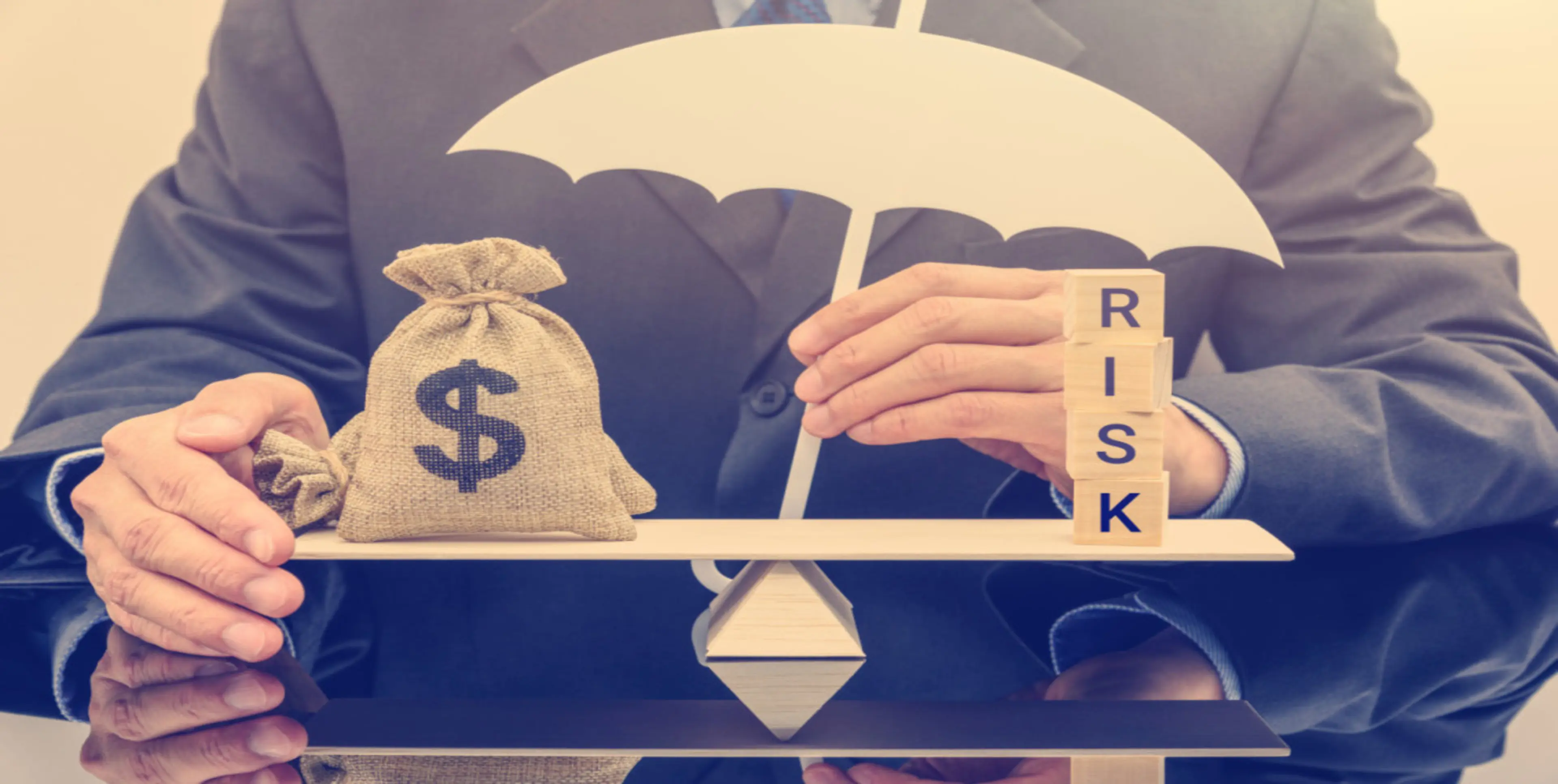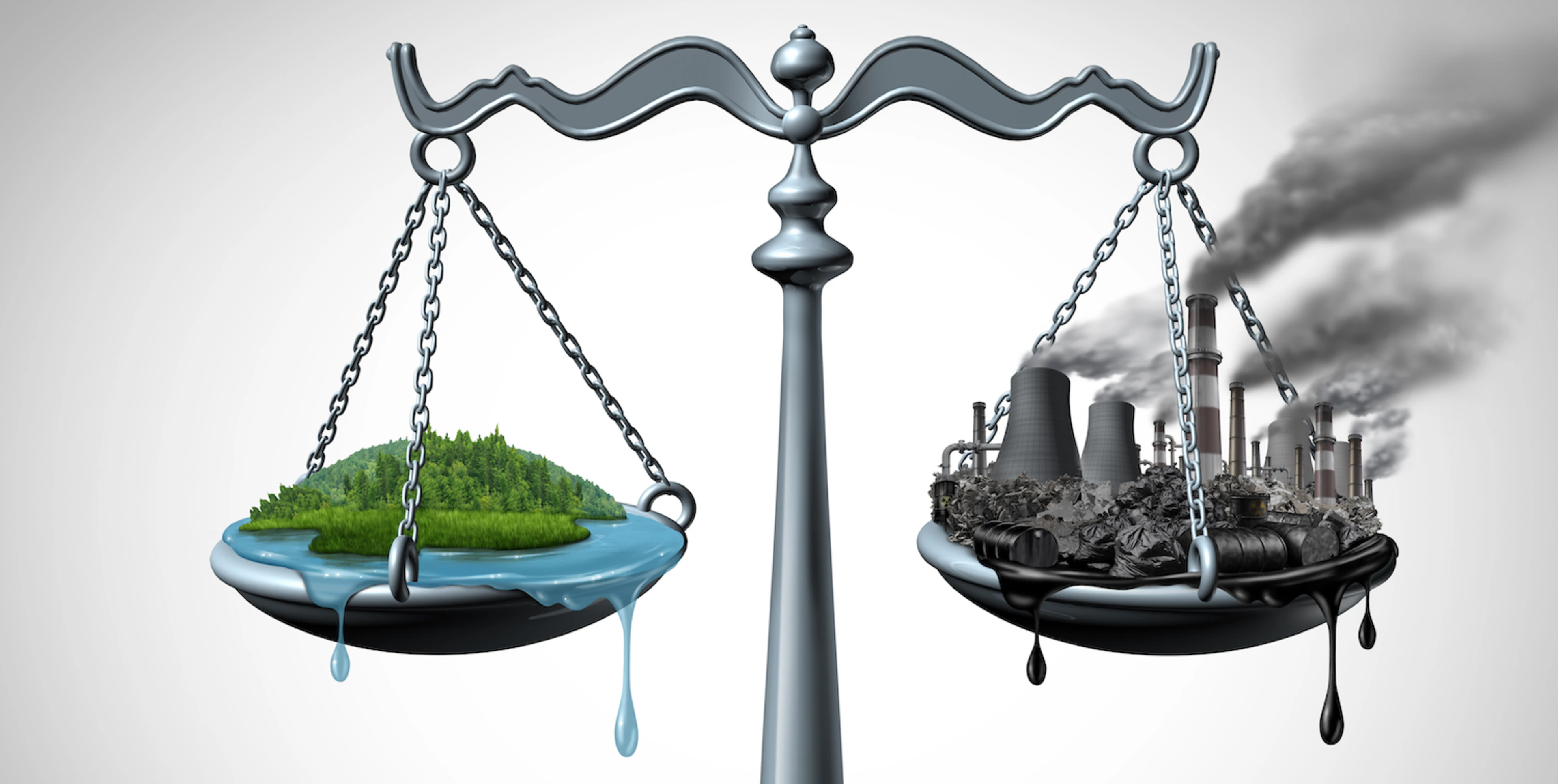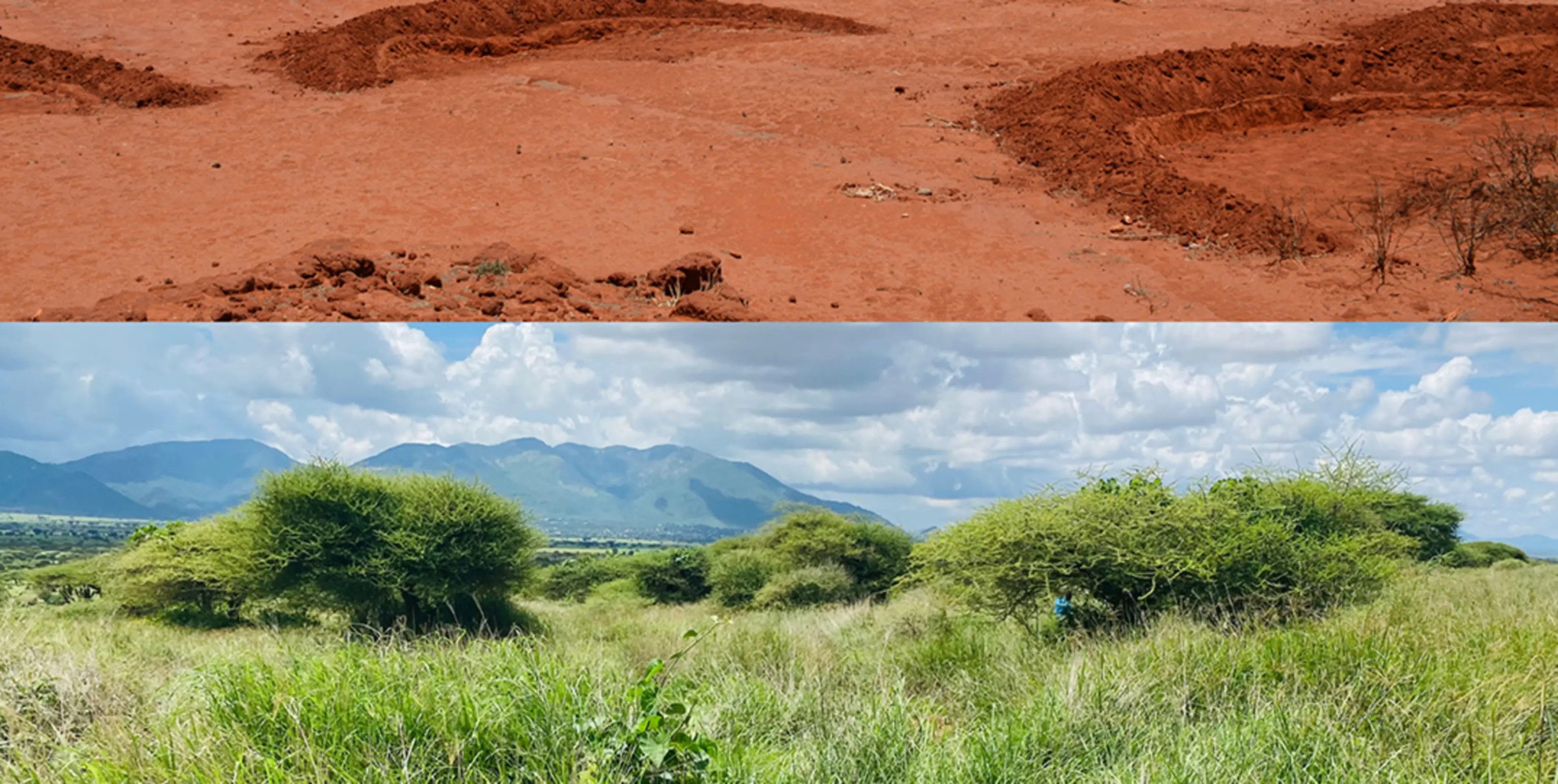A newly published investigation into worthless carbon credits shows that brands are taking a significant risk with their reputation.
There are two key elements to the advice we've been giving to help clients avoid this risk.
Firstly, we do not approve forest protection offset projects, as we cannot have sufficient confidence that these projects do remove additional carbon from the atmosphere.
Secondly, we do not recommend that organisations focus on making claims about the amount of carbon removal (or avoidance) that has been delivered in their name, as it is a claim that usually cannot be safely made.
The Guardian, Die Zeit and SourceMaterial investigation is stark and worrying: “more than 90% of their rainforest offset credits – among the most commonly used by companies – are likely to be “phantom credits” and do not represent genuine carbon reductions.”
It is not just a matter of individual corporate risk. We all share the risk, as when a company claims it has offset its carbon, it can continue to emit carbon whilst still saying it is carbon neutral. The UK’s Climate Change Committee has recently outlined why that puts our net zero goals in jeopardy.
What should clients do to do well by the planet and get ahead of this risk?
We argue that companies should instead take a contribution mindset and deploy Strategic Sustainability Funds - that is, they should fund high impact climate and biodiversity projects, but not seek to count those off against their own carbon emissions to make a carbon neutral claim.
The impact of that is two-fold. Firstly, this will inherently help us gravitate to the best projects around, rather than being restricted to those sold on the voluntary carbon markets where risky, low-impact projects are abundant. Secondly, the message you will be giving to your key stakeholders is inherently true and able to withstand robust scrutiny – “we are providing funding to projects that repair the planet”.
We’re already seeing companies move away from the risky world of carbon offset-led claims. We expect this trend to continue, given the higher-impact, lower-risk Strategic Sustainability Fund model that can be deployed.











